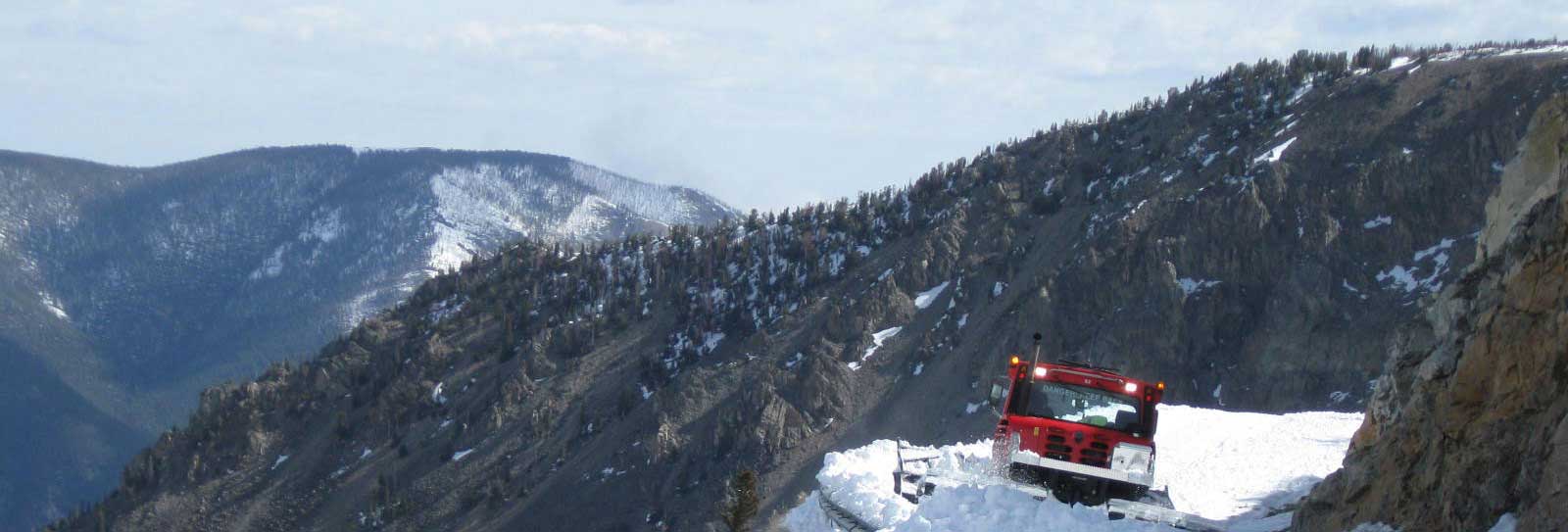
An in-person open house will be held on Wednesday, October 29, 2025, from 4 to 7 p.m. at the West Elementary School Auditorium Foyer, located at 1205 1st Avenue NW, Great Falls.
The event will be open-house style with no formal presentation. Attendees are encouraged to stop by at any time to view project displays, speak with the project team, and provide feedback.
Project Overview
The Montana Department of Transportation (MDT), in partnership with Sanbell (formerly Sanderson Stewart) and the City of Great Falls, is advancing the Watson Coulee Road Reconstruction project. This project was nominated through the local Transportation Improvement Program (TIP) process and reflects a proactive approach to managing growth and planning for long-term transportation needs.
The project will reconstruct Watson Coulee Road from Vaughn Road to the NW Bypass, replacing deteriorating pavement and adding upgraded storm drains, Americans with Disabilities Act (ADA)-compliant curb ramps, and sidewalks. A single-lane roundabout has been selected for the intersection of Watson Coulee Road and Vaughn Road.

Watson Coulee Road Reconstruction
Click the image for a larger view
Project Timeline
- 2021–2022: Initial project scoping and alternatives development for 9th Street NW/Watson Coulee Road.
- 2023: Project separated into two stand-alone projects (9th Street NW and Watson Coulee Road).
- 2023-2024: Evaluated intersection treatments for the Watson Coulee Road and Vaughn Road intersection, traffic analysis, and developed a preliminary roundabout design.
- 2025: Detailed design and community involvement.
- 2026–2027: Final design and right-of-way process.
- Construction: Anticipated in 2028, pending right-of-way acquisition, design completion, and funding availability.
Public Involvement
An in-person open house will be held on Wednesday, October 29, 2025, from 4 to 7 p.m. at the West Elementary School Auditorium Foyer, located at 1205 1st Avenue NW, Great Falls.
The event will be open-house style with no formal presentation. Attendees are encouraged to stop by at any time to view project displays, speak with the project team, and provide feedback.
To receive updates, residents and those interested can:
- Email: Contact Ella Currier at
ella@benchmarkpublicaffairs.com . - Text: Send “WatsonCoulee” to 406-226-1603. (Text alerts are not managed by MDT; see the SimpleTexting Privacy Policy)
Why a Roundabout?
A roundabout at the Watson Coulee Road and Vaughn Road intersection was selected after traffic studies and coordination with the City of Great Falls. Key factors include:
- Reducing delays. Peak-hour traffic counts showed Watson Coulee Road was carrying more traffic than expected, making it as significant as Vaughn Road. A roundabout reduces these delays and improves flow.
- Preparing for growth. The anticipated development to the north of Great Falls is expected to increase traffic demand. The roundabout provides long-term efficiency without the need for signals.
- Safety. The current skewed intersection poses safety concerns. A roundabout better aligns traffic movements, reducing conflict points and enhancing safety.
- Future planning. The roundabout aligns with the City’s broader vision of redirecting traffic north and east of Great Falls, connecting to future routes.
- Cost efficiency. Building the roundabout now avoids the need to reconstruct the intersection again in 10 to 15 years as traffic grows.
Engineer to English
Transportation Improvement Programs (TIPs): Metropolitan Planning Organizations (MPOs) in Billings, Great Falls, and Missoula developed Transportation Improvement Programs (TIPs) in partnership with local and state governments as part of MDT’s ongoing commitment to a comprehensive, cooperative transportation planning process.
Metropolitan Planning Organization (MPO): A group in an urban area of more than 50,000 people responsible for transportation planning. It is a partnership between a locale and the federal government that helps guide investment decisions for projects like this one. MPOs identify opportunities to improve safety, plan improvements, and analyze trends.
Right-of-Way: Right-of-way consists of the legal right to make a ‘way’ over, or use, someone else’s land. MDT may acquire right-of-way by buying a piece of land or purchasing an ‘easement’ for specific transportation or public utility use (fiber internet, natural gas, power lines, etc.). Most easements are located on private property, although some are owned by the state, city, or county.
Easement: A right created by an agreement to cross or use someone else’s property for a specific purpose. Examples may include placing utilities through a particular property or the necessity to access another property.
UPN 10339000
